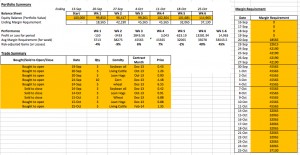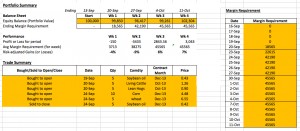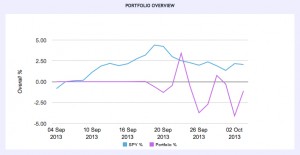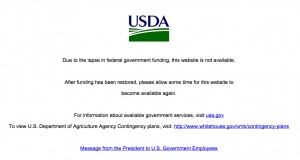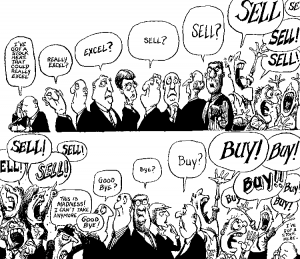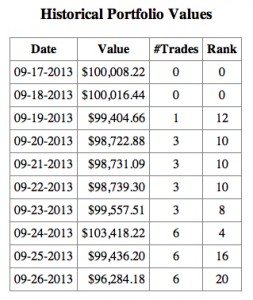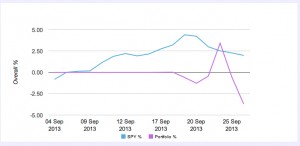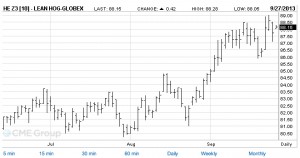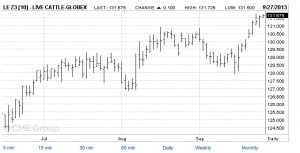Daily commute to school or work is very common everywhere around the world. However, commuting can be a pain if commuters have to face daily gridlock. That is what people in Jakarta are facing every day. Jakarta, the capital city of Indonesia, is known as one of the traffic giant in the world along with Bangkok, Nairobi, Manila and Mumbai (Bell, 2010). For the past twenty years, Jakarta has been facing severe traffic problems and it only gets worse with the economic growth. According to Numbeo (2014), 67% of the people living in Jakarta are driving to get to their destination every day. Traffic jams cause increase opportunity cost for every individuals as the time they spend on the road can actually be used for other things. Citizens have demanded the government to address the issue since forever and the government have set some policies to ease the traffic, such as 3-in-1, earlier school time, busway, increase toll rate and increase parking fee yet they all bear no results. So, why do these many policies still have little or no effect towards the traffic flow in Jakarta?
3-in-1 systems is similar to that of the HOV in Vancouver. It literally means that there has to be at least 3 people in 1 car during certain hours, which in Jakarta is set during morning and afternoon rush hours. The 3-in-1 systems are applied on major routes heading to the central business district giving people incentives to carpool with friends or coworkers or use public transport thus reducing the amount of cars on the road. Turns out it does reduce the amount of cars on those routes, but increase the traffic on alternative routes and highway. It also creates an opportunity for the poor people living in the capital city to be a “jockey”. Those people will wait on the pedestrian walk before the 3-in-1 areas and offer a price to the driver to have them sit in his/her car to reach the minimum 3 people rule. The system has proven to fail to reduce the traffic.
Starting in January 2009, during the era of Fauzi Bowo, previous Jakarta’s governor, school time is moved to 6.30 am from the original 7.00 am in order to reduce traffic by 6-14%. This is a very mind boggling policy as also pointed out by Joko Widodo, Jakarta’s current governor. Earlier school time has also proven to be a failure in reducing traffic problems because the roads will only be empty during holiday time as Basuki Tjahja Purnama, Jakarta’s vice governor, stated (Aziza, 2014). This is because there is no school based on area system, meaning, students are usually enrolled in school that is 20-30 km away from home causing them to travel further every day. This is because of the different level of education each school has, that’s why parents are willing to send their kids to school far from home. So, instead of moving the school start time earlier or later, government should focus more on reducing the school distance or having a standardized education.
Increase in toll rate and parking fee policy is aimed to reduce driving by increasing the cost of driving, thus people will be more willing to carpool or take public transport. This policy can be effective if there is another option that people can take besides driving. It has not reduced traffic significantly because people are reluctant to switch due to the inconvenience it causes. Moreover, taking public transport does not guarantee them to be able to reach the destination within the same amount of time or less because they are also stuck in the traffic. Besides that, there is security issue in taking public transport. There have been cases of sexual harassment, rape, pick pocket and others that make people afraid to take buses.
Busway system in Jakarta is expected to be the new beginning of a better public transport system. However, in reality, it only makes traffic worsened. The busway has their own lane in which no other cars, buses, or motorcycles can use. This busway lane took over one lane from the already lack in road capacity Jakarta road has. Another problem is that each of the busway station is located a few blocks away, causing inconvenient for people if their destination is within the station. There is also no specific time schedule for the buses arrival, meaning they can arrive at the station within 5 minutes or 30 minutes, no one knows for sure. On top of that, the public transport system is not integrated with each other, causing another hassle for people to transfer.
From those few policies that the government has tried to implement in order to reduce traffic, nothing seems to work out. This is because the government has failed to address the main issue of the traffic problem in Jakarta and that is the poor infrastructure. No matter how many policies government will try to implement in the future, if they are not trying to even fix the current infrastructure, traffic jam will not be resolved and Jakarta will always be known as a traffic monster in the world.
References
Bell, Alan. 2010. “10 Monster Traffic Jams Around The World.” BBC News Magazine Online. Home page online. Available from http://www.bbc.com/news/magazine-19716687 Internet; accessed 31 March 2014.
Numbeo. 2014. “Traffic in Jakarta, Indonesia.” Numbeo Online. Home page online. Available from http://www.numbeo.com/traffic/city_result.jsp?country=Indonesia&city=Jakarta Internet; accessed 31 March 2014.
Aziza, Kurnia Sari. 2014. “Jokowi Bingung Alasan Jam Masuk Sekolah Terlalu Pagi.” Harian Kompas Online. Home page online. Available from http://megapolitan.kompas.com/read/2014/03/26/2152458/Jokowi.Bingung.Alasan.Jam.Masuk.Sekolah.Terlalu.Pagi Internet; accessed 31 March 2014.

